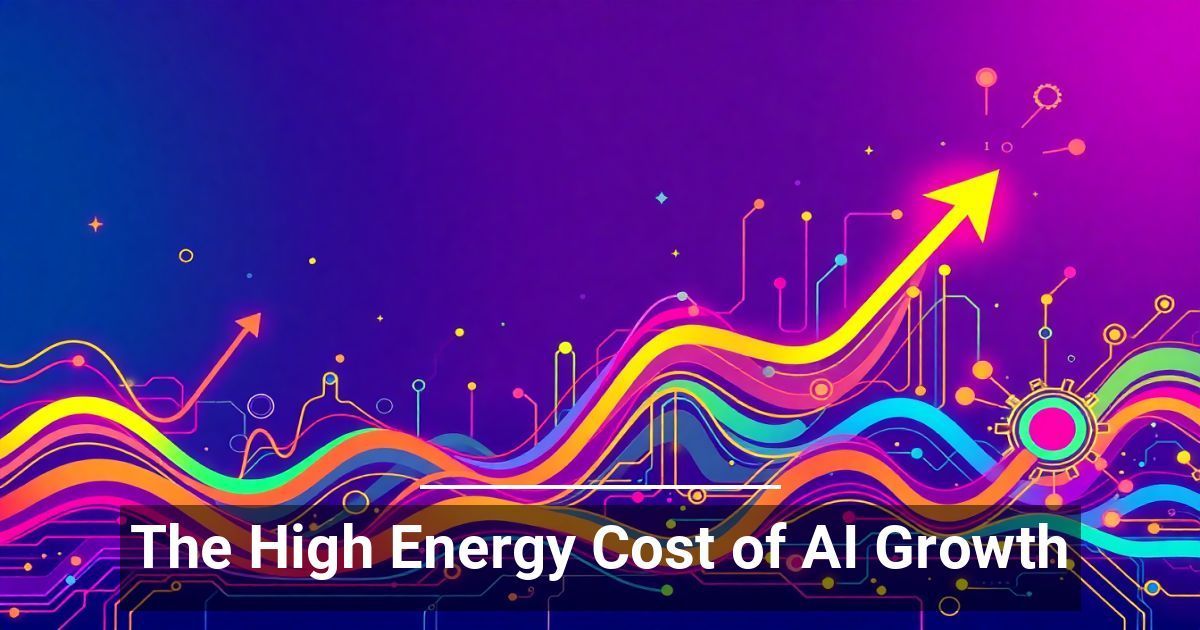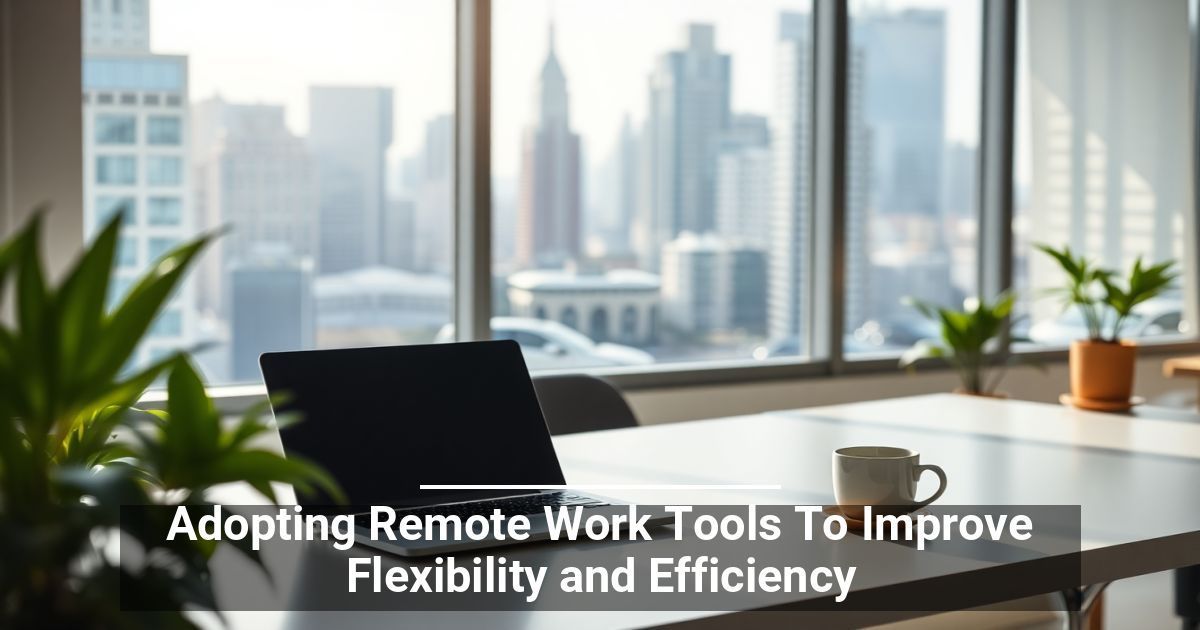Blog
The High Energy Cost of AI Growth
By Mersad • September 3, 2025

Artificial intelligence might be driving modern business forward, but it’s also quietly burning through power resources. Behind every AI-generated insight, chatbot quip, or lightning-fast analysis, there’s a sprawling network of servers working overtime, and those servers are ravenous for energy.
AI energy costs are climbing at a speed that has some wondering whether it’s time to pump the brakes on adopting every new tool that hits the market. Along with skyrocketing power bills, experts have concerns about whether the current infrastructure can keep up.
AI systems consume enormous amounts of computing power from data centers that operate 24/7, consuming electricity and water for cooling at staggering rates. The AI energy consumption problem is more than a few extra kilowatts of demand; it’s an environmental and grid management challenge that’s escalating with every new AI tool.
The Grid Can Only Handle So Much
Data centers already consume a significant portion of global electricity, and as more industries integrate AI into their daily operations, that portion is expanding into a full-course meal. Most energy grids can’t support the sustained demand generated by AI, a trend that will strain infrastructure, necessitate new investments, and potentially increase costs for everyone.
And when it comes to the environmental impact of AI, more electricity usage means a bigger AI carbon footprint, especially in regions still reliant on fossil fuels. Cooling these behemoths also often means pulling millions of gallons of water from local sources, which is a problem in areas already struggling to meet demands.
Big Tech’s Reality Check
AI may be the crown jewel of innovation right now, but it’s expensive to sustain without enormous environmental consequences. Some companies are testing new strategies to reduce pressure on the grid.
Google, for instance, plans to reduce data center power demand during specific hours or times of the year. This approach adjusts workloads to prevent data centers from running at peak consumption during grid-stressed times to avoid overtaxing local systems.
Reducing the level of power demand means less urgency to build new power plants or long transmission lines to sustain these data centers. Instead, providers can use existing resources more efficiently. This supports grid operators and communities as they strive to balance energy reliability with sustainability goals and manage AI energy costs effectively.
Where Does Your Business Fit In?
Every business that’s embracing AI tools is part of this bigger picture, whether they realize it or not. The data center power usage behind your AI-powered operations contributes to a global demand curve that’s already testing its limits. As more organizations integrate AI into their daily workflows, the costs associated with AI energy will continue to rise unless companies make changes.
Managing AI’s energy consumption and environmental footprint will be one of the major challenges of the coming years. AI’s growth isn’t slowing down, and neither is its appetite for power.
Sustainable AI development involves embracing greener energy sources, implementing smarter scheduling, and being more intentional about when and how to use AI, all while keeping power usage in check without slowing down innovation. Otherwise, AI could pose significant risks to the environment and the global electricity supply.
Related Posts



Contact Information
1035 Medina Rd, Suite #800
Medina, OH 44256



